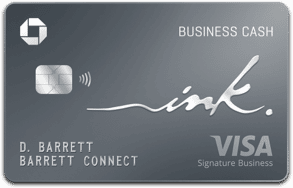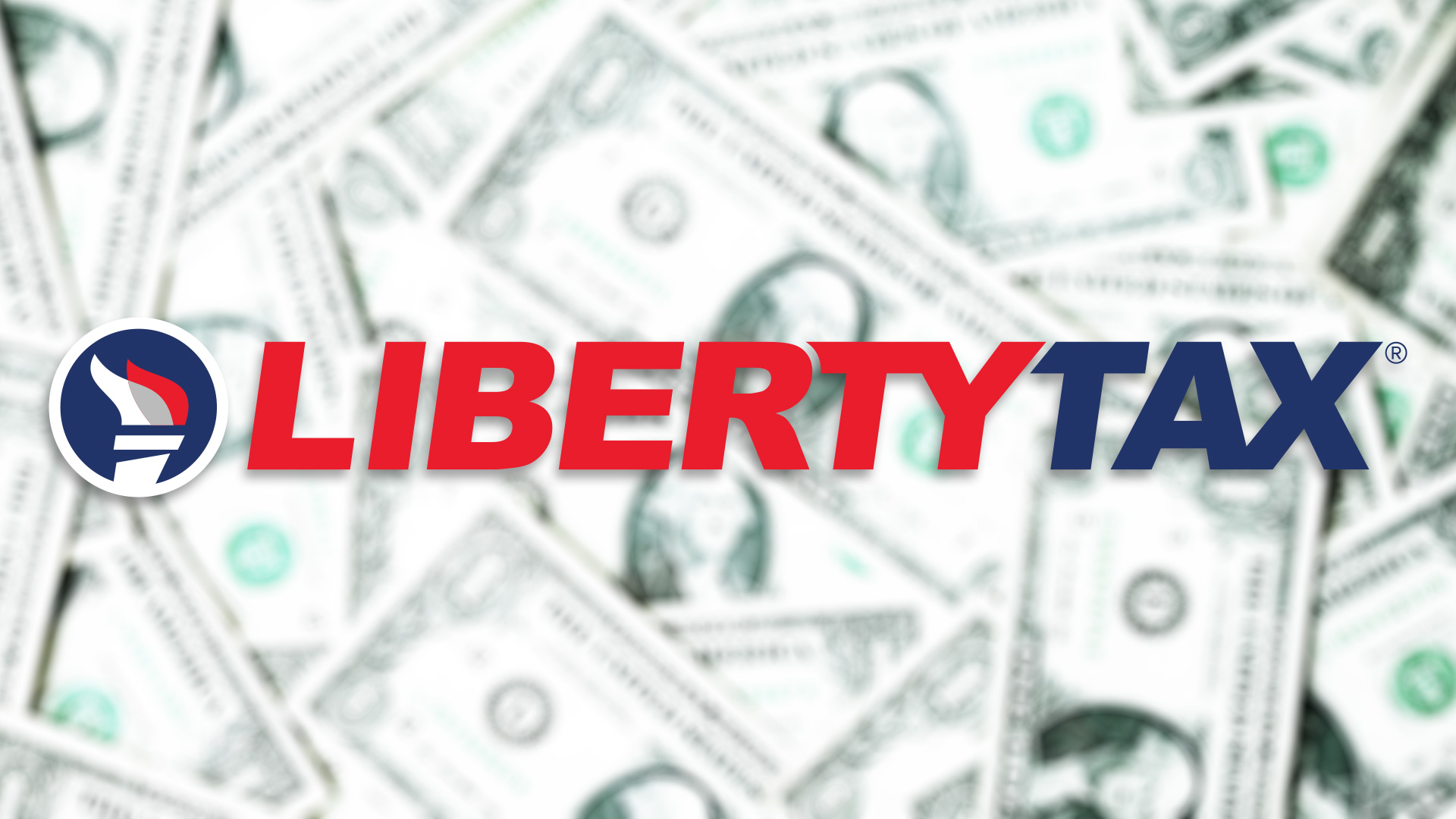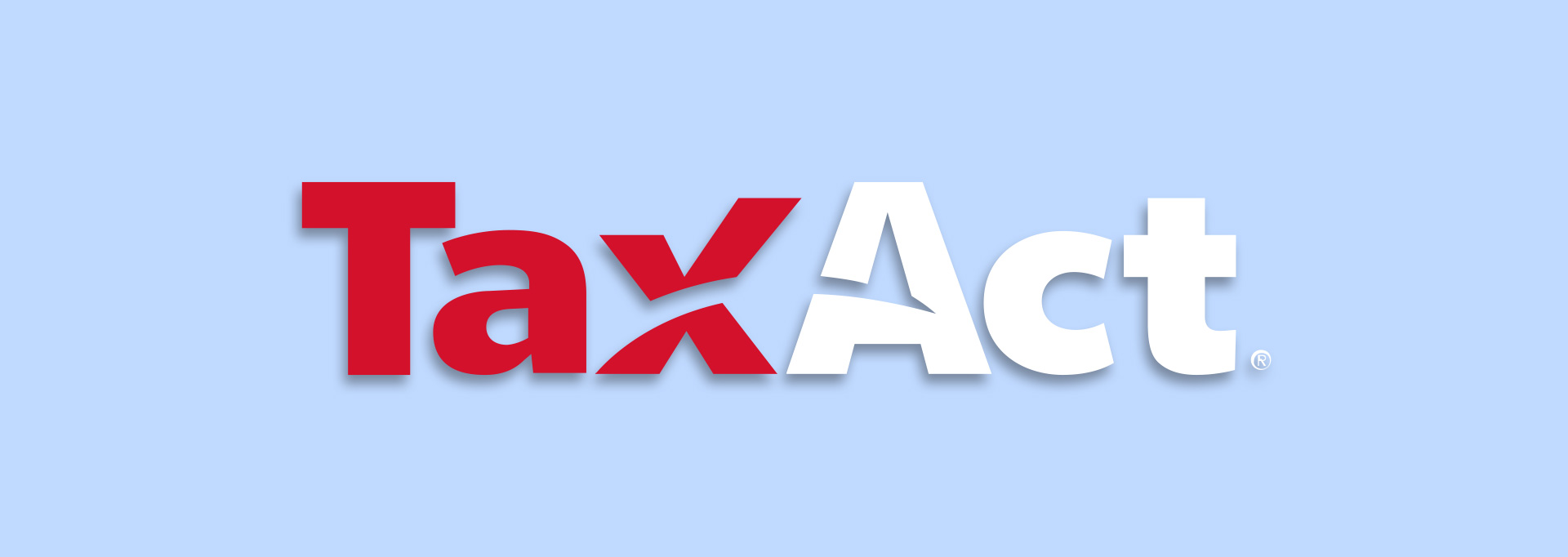Most products on this page are from partners who may compensate us. This may influence which products we write about and where and how they appear on the page. However, opinions expressed here are the author's alone, not those of any bank, credit card issuer, airline or hotel chain.
With the holidays all wrapped up, tax season has made its way back around. And that means right now, through April 15, 2024 you can file your 2023 tax return. From tax bracket changes to standard deductions updates, here are some key things to know as you get ready to file your taxes.
How Do Tax Deductions Work?
Tax deductions reduce your taxable income for the year, which is another way of saying it subtracts expenses from your earnings. For example, if you made $50,000 and got a $5,000 tax deduction then you will only be taxed for $45,000.
The main takeaway to remember is deduction = subtraction, and there are only two ways to take deductions on a federal tax return; itemized deductions or the standard deduction.
 Related Article
Related Article
9 Best and Cheapest Online Tax Services in November 2024
Standard vs. Itemized Deductions
A standard deduction is a maximum lump sum you can subtract from your adjusted gross income (taxable income). It's based on your age, earnings and filing status. Itemizing your deductions allows you to subtract individual eligible expenses.
Quick Tip
You can choose either the standard or the itemized deduction, but not both. The wise choice is whichever lowers your tax bill the most.
Example: Think of the deductions as two restaurants; the standard deduction has a three-course meal for one set price. The itemized deduction offers that same meal but you pay for each course individually. Sometimes it's best to go with the itemized and for others the standard deduction gives you more bang for your buck.
What Are Itemized Deductions?
Itemized deductions are eligible expenses taxpayers can deduct from their total taxable income. Many see this as the more difficult option because it requires you to track and list out each expense on your tax return. Also, these deductions are very specific.
Not all expenses count as deductions—they have to fall in line with what the IRS deems an “eligible deduction.” Below are some common examples of individual and business deductions.
Examples of common deductions include:
- Charitable donations: Money or property you donate to a charitable organization.
- Education expenses: This includes costs such as tuition, student loan interest, educational assistance and continuing education courses.
- Health expenses: Costs you paid out of pocket toward healthcare that weren't covered by your insurance, which could include prescriptions, insurance premiums for long-term care or contributions to a health savings account.
- Investments: Some investment expenses are tax deductible, like the expense of investment interest, capital losses or the cost basis after you sell.
- Business expenses: Business owners can write off expenses that are incurred to support the operation of their company. These include advertising, travel expenses and supplies to name a few.
- Business use of a home or car: If you use a home office for business, you're likely eligible to write off a portion as a tax deductible expense. The same applies to a vehicle used for work.
 Related Article
Related Article
5 Best Business Bank Account Bonuses and Promotions (2024)
Who Qualifies for an Itemized Deduction?
The IRS details that taxpayers who are poised to receive a bigger tax deduction through writing off expenses individually should itemize. They also list some clear candidates that would benefit most:
- Can't use the standard deduction or the amount you can claim is limited
- Had large unreimbursed medical and dental expenses
- Paid mortgage interest or real property taxes on your home
- Had large "Other Itemized Deductions" (line 16 on Schedule A (Form 1040)
- Had large unreimbursed casualty or theft losses from a Federally declared disaster
- Made large contributions to qualified charities
 Related Article
Related Article
Your Guide to 2024 Small Business Tax Deductions
What Is a Standard Deduction?
A standard deduction is a predetermined, flat-rate amount of your income that is counted as tax free by the IRS. This is also known as the “simple” way to take tax deductions due to it being less time intensive than individually tracking annual expenses.
Who Qualifies for a Standard Deduction?
Anyone can opt for a standard deduction, even those who could benefit more from itemizing (which isn’t the optimal choice). The better question would be “who is not allowed to take the standard deduction?”. The IRS has clear rules we’ll list below
- A married individual filing as married filing separately whose spouse itemizes deductions.
- An individual who files a tax return for a period of less than 12 months because of a change in his or her annual accounting period.
- An individual who was a nonresident alien or a dual-status alien during the year. (Nonresident aliens who are married to a U.S. citizen or resident alien at the end of the year and who choose to be treated as U.S. residents for tax purposes can take the standard deduction.)
- An estate or trust, common trust fund or partnership.
Standard Deduction for Tax Year 2023
For tax year 2023, the standard deduction amounts are:
- Individuals: $13,850
- Married couples filing jointly: $27,700
- Heads of household: $20,800
Business Deductions for Tax Year 2023
Some small business owners have the opportunity to deduct up to 20% of their income known as their qualified business income (QBI). To qualify, total taxable income (not just business income) needs to be at our below these thresholds:
- Single filers: $182,100
- Joint filers: $364,200
This deduction is for eligible small businesses registered as S corporations, partnerships, limited liability companies or sole proprietorships. Consult a tax expert for more information to see if you qualify.
Recommended Business Credit Cards
| Credit Card | Rewards Rate | Annual Fee | Intro Bonus | Learn More |
|---|---|---|---|---|
|
|
1.5%Cashback
Earn unlimited 1.5% cash back on every purchase made for your business. The advertised rewards type is cash back, but it’s important to note that you’re technically earning Chase Ultimate Rewards points (which can then be converted to cash back). |
$0 |
$750Cash Bonus
Earn $750 bonus cash back after you spend $6,000 on purchases in the first 3 months from account opening. |
Apply Now |
|
|
1% - 5%Cashback
Earn 5% cash back on your first $25,000 spent in combined purchases at office supply stores and on internet, cable and phone services each account anniversary year. It also offers you 2% cash back on your first $25,000 spent in combined purchases at gas stations and restaurants each account anniversary year. |
$0 |
$750Cash Bonus
Earn $350 when you spend $3,000 on purchases in the first three months and an additional $400 when you spend $6,000 on purchases in the first six months after account opening |
Apply Now |
|
|
1x - 3xPoints
Earn 3 points per $1 spent on Southwest® purchases. Earn 2 points per $1 spent on Rapid Rewards® hotel and car rental partners. Earn 2 points per $1 spent on local transit and commuting, including rideshare. Earn 1 point per $1 spent on all other purchases. |
$99 |
60,000Southwest Rapid Rewards Points
Earn 60,000 points after you spend $3,000 on purchases in the first 3 months your account is open. Dollar Equivalent: $840 (60,000 Southwest Rapid Rewards Points * 0.014 base) |
Apply Now |
|
|
1x - 3xPoints
Earn 3x points on the first $150,000 of combined spending in a number of key business categories |
$95
This fee includes extra cards for authorized users, such as employees, at no additional charge. |
90,000Chase Ultimate Rewards Points
Earn 90,000 bonus points after you spend $8,000 on purchases in the first 3 months from account opening. Dollar Equivalent: $2,070 (90,000 Chase Ultimate Rewards Points * 0.023 base) |
Apply Now |
2023 Tax Year Tax Brackets
Tax brackets represent the different tax rates that are enforced based on your income. Here are the tax brackets for 2023:
2023 Income Tax Brackets (Returns Filed April 2024)
| Percentage | Single Filer | Married Filing Jointly | Married Filing Separate | Head of Household |
|---|---|---|---|---|
|
10% |
$0-$11,000 |
$0-$22,000 |
$0-$11,000 |
$0-$15,700 |
|
12% |
$11,001-$44,725 |
$22,001-$89,450 |
$11,001-$44,725 |
$15,701-$59,850 |
|
22% |
$44,726-$95,375 |
$89,451-$190,750 |
$44,726-$95,375 |
$59,851-$95,350 |
|
24% |
$95,376-$182,100 |
$190,751-$364,200 |
$95,376-$182,100 |
$95,351-$182,100 |
|
32% |
$182,101-$231,250 |
$364,201-$462,500 |
$182,101-$231,250 |
$182,101-$231,250 |
|
35% |
$231,251-$578,125 |
$462,501-$693,750 |
$231,251-$346,875 |
$231,251-$578,100 |
|
37% |
$578,126+ |
$693,751+ |
$346,876+ |
$578,101+ |
Capital Gains Tax Rates
Capital gains are the amount you earn from the sale of an asset like property or stocks. For example, if you bought a home and sold it for a $15,000 profit, that profit is now subject to a capital gains tax. How much you pay is determined by how long you owned the asset. If it was a year or less, you typically pay a higher tax known as short-term capital gains. If you held it for over a year you pay a less expensive long-term capital gains tax.
Here are the adjustments to capital gains taxes for 2023:
| Filing Status | 0% Rate | 15% Rate | 20% Rate |
|---|---|---|---|
|
Single |
$0-$44,625 |
$44,626-$492,300 |
$492,301+ |
|
Married filing jointly |
$0-$89,250 |
$89,251-$553,850 |
$553,851+ |
|
Married filing separately |
$0-$44,625 |
$44,626-$276,900 |
$276,901+ |
|
Head of household |
$0-$59,750 |
$59,751-$523,050 |
$523,051+ |
Maximizing Your Tax Deductions
Having an optimized tax strategy gives you an advantage when it comes time to file your tax return. In order to receive the highest potential refund or the lowest tax bill you need to understand tax deductions and how they apply to you.
Staying abreast of what deductions are available to you is only half of the battle, for the full benefit you also need to be up to date with any annual changes the government makes.
FAQs
-
Yes, donations to thrift stores are tax deductible as charitable contributions if they are a charitable organization. Depending how much you donate, you may need to fill out an IRS form and keep receipts.
-
Yes, landlords get income tax deductions for multiple properties. Deductions include expenses deemed “ordinary and necessary” to operate the properties such a property taxes, insurance and repairs.
-
10%: All income below $11,000 Individual | $22,000 Married
12%: $11,000 Individual | $22,000 Married
22%: $44,725 Individual | $89,450 Married
24%: $95,375 Individual | $190,750 Married
32%: $182,100 Individual | $364,200 Married
35%: $231,250 Individual | $462,500 Married
37%: All income above $578,125 Individual | $693,750 Married
-
Adjusted gross income (often abbreviated as AGI) is the income you earn actively from working (like salaries and tips) or passively from other sources (such as investment properties and dividend incomes) minus any allowed deductions. Some qualified deduction examples include retirement contributions or student loan interest.




















